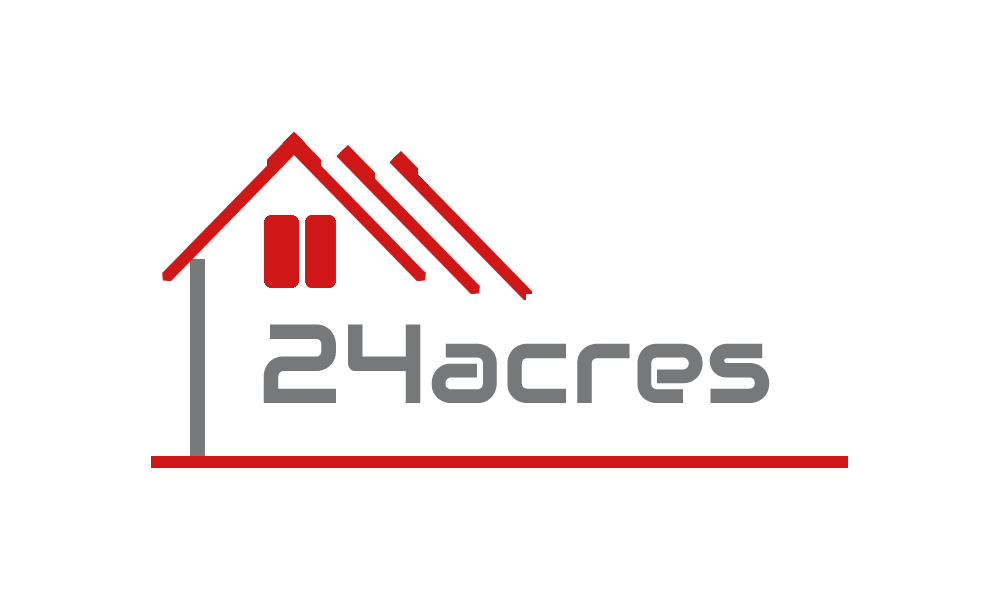Purchasing a home is a significant milestone for most Indians, and for many, it comes with the necessity of securing a home loan. However, understanding the myriad of mortgage options available in the Indian market can be daunting. This guide simplifies the process, helping you make an informed decision.
What Is a Mortgage?
A mortgage is a legal agreement in which a lender provides funds to purchase or construct a property, with the property itself serving as collateral. Home loans are a common form of mortgage, enabling buyers to achieve their dream of owning a home while repaying the loan in installments.
Types of Mortgage Options in India
1. Fixed-Rate Home Loans
- Features: The interest rate remains constant throughout the loan tenure.
- Pros: Stability in EMIs; suitable for long-term planners.
- Cons: Typically higher interest rates compared to floating-rate loans; no benefit during interest rate reductions.
2. Floating-Rate Home Loans
- Features: Interest rates vary based on changes in market conditions and the lender’s base rate.
- Pros: Lower initial interest rates; benefits borrowers when rates decrease.
- Cons: Unpredictable EMIs; not ideal for those seeking financial certainty.
3. Hybrid Home Loans
- Features: Combines both fixed and floating interest rates. For an initial period, the rate is fixed, then it shifts to floating.
- Pros: Offers stability during the fixed-rate period and potential savings later.
- Cons: Slightly higher rates during the fixed period.
4. Home Loans for NRIs
- Features: Tailored for non-resident Indians (NRIs) wanting to invest in property in India.
- Pros: Available for various property types; flexible documentation options.
- Cons: Higher scrutiny during approval; may require a power of attorney.
Factors to Consider Before Choosing a Mortgage
- Loan Tenure
- Longer tenures reduce monthly EMIs but increase total interest outflow. Shorter tenures save on interest but result in higher EMIs.
- Interest Rates
- Compare rates across lenders and understand how market fluctuations may impact floating-rate loans.
- Processing Fees and Hidden Charges
- Scrutinize the fine print for prepayment penalties, late fees, and other charges.
- Lender’s Reputation
- Research customer reviews, approval timelines, and transparency in dealings.
- Your Financial Stability
- Assess your income, liabilities, and savings to determine an affordable EMI.
Top Lenders Offering Home Loans in India
- State Bank of India (SBI): Competitive interest rates and multiple loan options.
- HDFC Ltd.: Renowned for customer-centric services and quick approvals.
- ICICI Bank: Flexible repayment tenures and attractive schemes.
- LIC Housing Finance: Offers loans for salaried and self-employed individuals.
Government Schemes to Support Homebuyers
The Government of India has launched initiatives like the Pradhan Mantri Awas Yojana (PMAY) to make housing more affordable. Eligible beneficiaries can avail of subsidies on home loan interest rates.
Tips to Get the Best Mortgage Deal
- Improve Your Credit Score: A score of 750+ increases the chances of loan approval and better rates.
- Compare Multiple Lenders: Don’t settle for the first offer; explore options.
- Negotiate: Banks may be willing to adjust interest rates or waive fees for credible borrowers.
- Check Eligibility Criteria: Understand your eligibility to avoid unnecessary rejections.
Conclusion
Choosing the right mortgage option for your home loan in India is crucial for a smooth home-buying experience. By understanding the types of mortgages, evaluating your financial situation, and leveraging government schemes, you can make an informed decision that aligns with your needs and goals.
Ready to find your dream home? Explore property options on 24acres and take a step closer to realizing your dream!




